Radical Women
by Miriam Phelan, Assistant Curator
As part of International Women’s Day 2017 the Jewish Museum London has a display of 10 portraits of Radical Jewish Women who have made significant contributions to the fields of science, culture, sports, literature and politics.
International Women’s Day is often associated with the beginning of the Russian Revolution in 1917 but it is also believed to have started in New York in 1909 when the Socialist Party of America organised a day to commemorate the 1908 strike of women garment workers against their working conditions.
Inspired by the actions of these American women, in 1910 over 100 women from 17 different countries met at a conference in Copenhagen to establish a day to honour the achievements of women and pledge support for the women’s suffrage movement.
Today International Women’s Day celebrates women’s social, cultural, economic and political achievements and promotes the need for gender equality around the world. In many countries International Women’s day is observed as a national holiday and is seen globally as an opportunity to bring the achievements of women to the fore.
This year the theme for International Women’s Day is Be Bold For Change, encouraging people around the world to take bold action against inequality, against violence, to celebrate women’s achievements and to champion women’s education.
The display of Radical Women in our café shows how taking bold action can have a lasting impact on society for future generations. An action is made radical by the fact that it fundamentally changes the nature of something, and the radical actions of these women opened up opportunities for women that have had a dramatic impact on the position of women in society.
Obviously what is considered radical is often defined by the time in which we live, but the actions of these women in the late 19th and early 20th century still seem quite radical today.
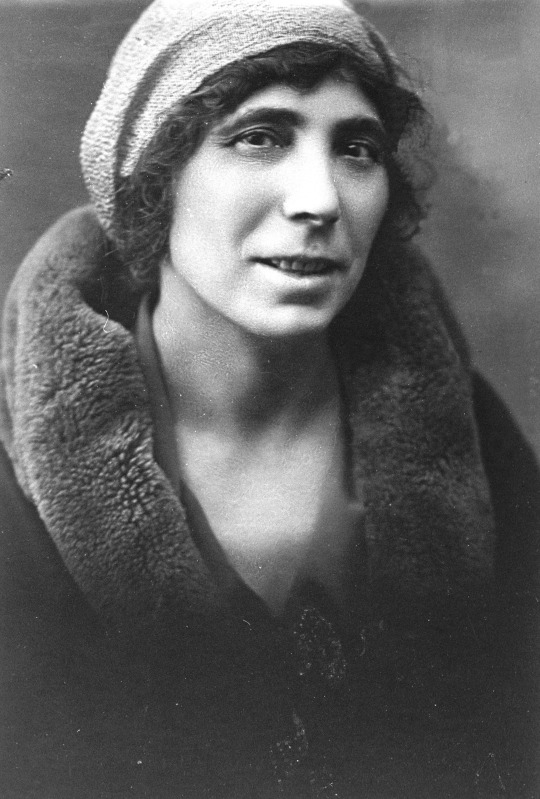
Milly Witkop, circa 1920
Jewish women throughout history have made radical changes to British society, but many of their stories have been overlooked, forgotten or obscured by the achievements of men and many women have been effectively written out of history. This display therefore tells the stories of these women without reference to the men in their lives. One exception to this rule is Milly Witkop and her partner Rudolf Rocker, their radical activism was the result of an equal partnership. Side by side they built the anarchist and trade union movements amongst Jewish immigrants in London.
As a rule history does not define a man’s achievement in terms of his female peers or relatives and the same rule should be applied to women. Often women are referred to as ‘the wife of’, ‘the sister of’ or ‘the daughter of’ and this is something that needs to be addressed.
Museums are also guilty of historically focusing on collecting and exhibiting the stories of prominent men, and the Jewish Museum is no exception. However this is an issue that we are beginning to address with exhibitions such as the Judith Kerr and Amy Winehouse exhibitions and the Radical Women café display.
We are also thinking more about how we can collect objects and stories that reflect the position and influence of women in British Jewish history. Exhibitions such as this display show that cultural organisations, like the Jewish Museum, are starting to redress the gender balance.
Jewish women have always been part of the fight for gender equality and the café display shows how the radical actions of these women have impacted our lives today. Covering about 100 years from the 1860s to the 1960s this is just one chapter in history that shows how the social, cultural, economic and political efforts of women have been left out of popular histories, or overlooked in favour of their male peers.
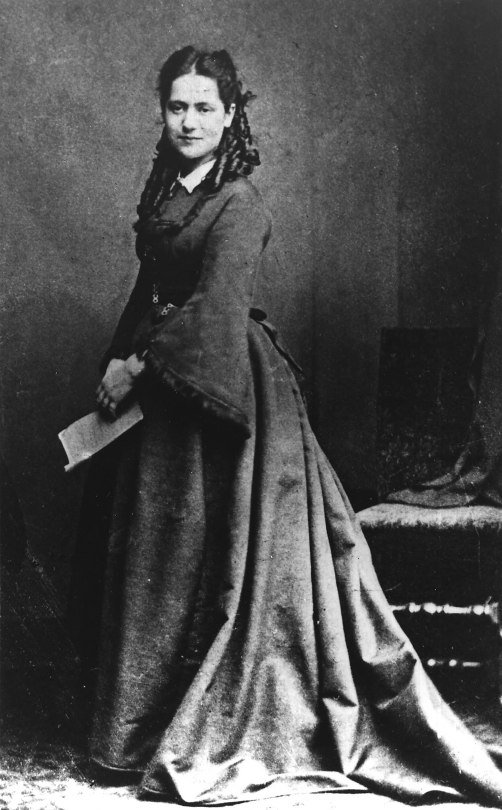
Eleanor Marx, 1871 (AdsD/Friedrich-Ebert-Stiftung)
For example the first thing that we read about Eleanor Marx is that she was the daughter of Karl Marx, immediately overshadowing her own achievements with those of her father. However, Eleanor Marx was a prominent social activist in her own right and as well as her involvement in the socialist party in the UK and the Women’s Trade Union League, Marx was also passionate about promoting feminist thought and gender equality believing that both men and women were oppressed by patriarchy.
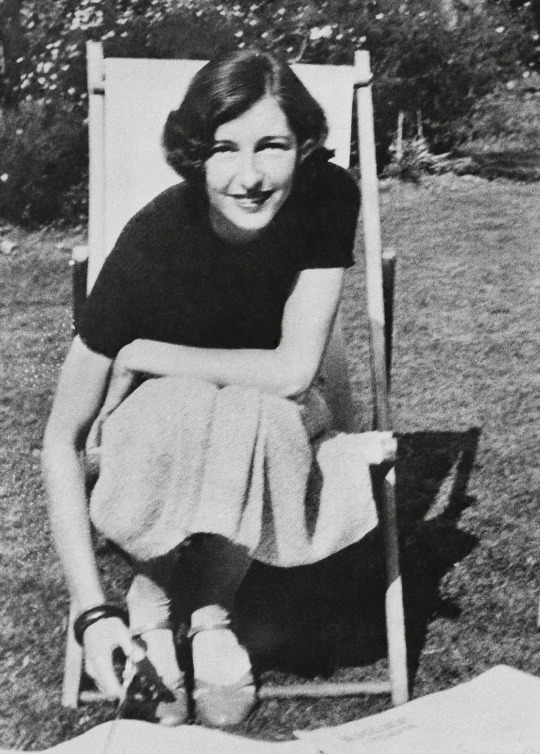
Krystyna Skarbek, 1944 (AP/REX/Shutterstock)
Krystyna Skarbek’s work as an intelligence agent during the Second World War is also often coupled with the popular opinion that she was the inspiration for Ian Fleming’s first ever Bond girl in Casino Royale in 1953, in a way trivialising her brave achievements by associating them with fictional novels and a famously misogynistic British Secret Service agent. Skarbek was awarded the George Medal for her intelligence missions in France in 1944, an OBE in 1947 and was one of Britain’s longest serving female intelligence agents.
Some of these women have also played a key role in advancing the position of women in Judaism. Amy Levy who was the first Jewish woman to attend Newnham College Cambridge in 1879 and she used her education to challenge the Jewish community’s expectations of women and promoted the fact that she was living an unconventional life while still considering herself Jewish.
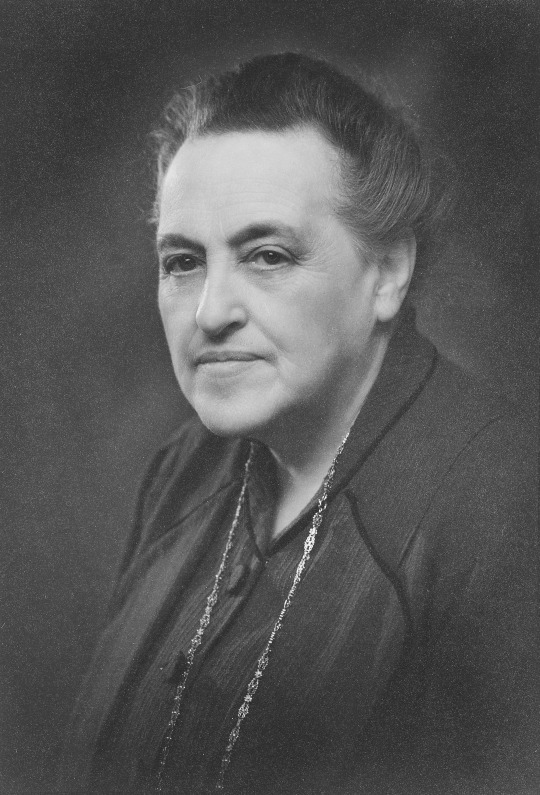
Lily Montagu, 1943
Lily Montagu was also a key player in advancing Liberal Judaism in Britain. She was famed for her dynamic leadership and became President of the World Union for Progressive Judaism in 1955 and was named Honorary Life President until her death in 1963. Nina Salaman also became the first women to preach in an orthodox synagogue in Britain. She was an influential suffragette and campaigned for women’s right to vote and to improve the status of women in the Jewish community, including the right of women seat-holders to vote in synagogue elections.
Many of the women in this display were active supporters of the women’s suffrage movement. The Jewish League for Women’s Suffrage was founded in 1912 and was the first Jewish women’s organisation in the world. Painter Lily Delissa Joseph was a devoted suffragette who famously missed the private view of her own exhibition in the Baillie Gallery in London in 1912 as she was detained in Holloway Gaol for her involvement with the Women’s Suffrage Movement.
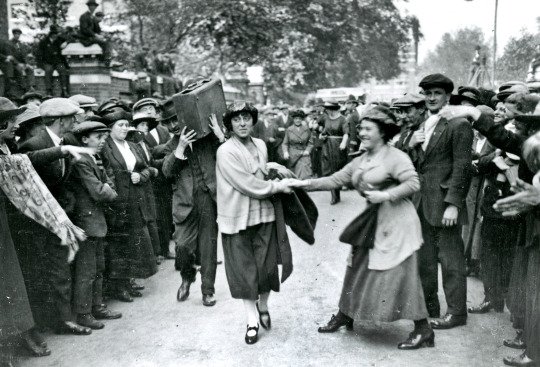
Minnie Lansbury, 1921 (Tower Hamlets Library and Archives)
Minnie Lansbury, another prominent suffragette and political activist, was elected Alderman on Poplar’s first Labour council in 1919, and is pictured above after her arrest in 1921 for protesting against the treatment of the poor in her constituency. Lansbury was also an active member of the East London Federation of Suffragettes and the Workers’ Suffrage Federation. However as a result of her imprisonment, she developed pneumonia and died in 1922.
Jewish women have also made radical advancements in the field of sports and science. Sheila Van Damm originally trained as a driver in the Women’s Auxiliary Air Force and then as a pilot for the RAF and went on to win many of the most prestigious races of the day including the Coupe de Dame in the 1953 Alpine Rally, which was the highest award for women in motor racing at the time.
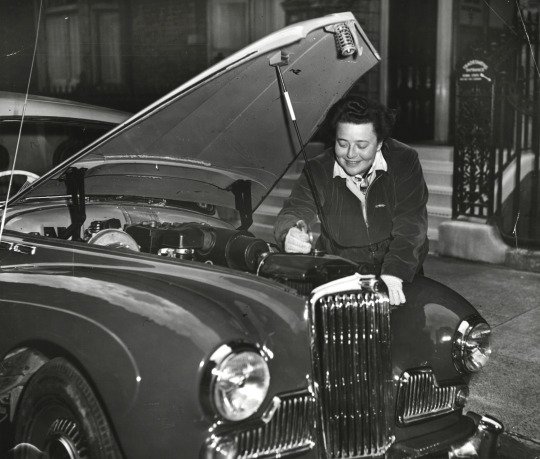
Sheila Van Damm, circa 1950s
Rosalind Franklin made huge contributions to our understanding of the molecular structures of DNA despite working in the male dominated world of the sciences in the 1950s. Franklin was a chemist and X-ray crystallographer whose research paved the way for the discovery of the DNA double helix. Although Franklin died before finishing her research on the structure of DNA, many believe that the Nobel Prize in chemistry jointly awarded to her colleagues, James Watson, Francis Crick and Maurice Wilkins, should also have been posthumously awarded to Franklin, a provision not allowed for by the Nobel Prize committee.
The stories of these women give just a brief insight into the history of Jewish women who have made radical changes to British society far beyond the time they were living. This display and the Amy Winehouse exhibition can be seen as part of the effort that we are making here at the Jewish Museum to write women back into history.